Carson Beck ended any lingering suspicion about his status over the weekend, officially declaring for the draft following season-ending elbow surgery. That leaves Georgia’s fate from here on out in the hands of his understudy, Gunner Stockton, a redshirt sophomore whose only meaningful action to date consists of 6 possessions in the second half and overtime of the Dawgs win over Texas in the SEC Championship Game. The good news: 4 of those possessions resulted in points, with Stockton contributing to all 4 with both his arm and his legs. The not-so-good news: The other 2 resulted in a 3-and-out and an interception, respectively, and 8 of Stockton’s 12 completions landed behind the line of scrimmage; altogether, he averaged a meager 4.4 yards per attempt.
Nearly every aspect of his game — especially his ability to push the ball downfield — remains TBD.
Up to now, the list of backup quarterbacks thrown into the breach in the Playoff begins and ends with Ohio State’s Cardale Jones, who memorably went 3-0 as a starter to finish off the Buckeyes’ improbable championship run in 2014. That’s where the similarities between Jones, a towering pocket presence with a huge arm, and Stockton, a middle-of-road Jake Fromm-type, end.
But then, if there’s one thing Georgia’s championship blueprint under Kirby Smart has never taken for granted, it’s the luxury of a next-level specimen behind center. And if nothing else, Stockton proved in his emergency turn against Texas that he’s not a deal-breaker.
Now it’s up to the rest of the team to deliver on its end of the deal and earn a shot against Penn State in the Orange Bowl on Jan. 9.
Thirteen games in, I’m still not sure what to make of this particular edition of Georgia. On one hand, yes, it’s Georgia: 11 wins, SEC champs, loaded roster, business as usual. The Dawgs’ reputation precedes them and their presence on this stage surprises no one. On the other hand … with Beck on the shelf, what is this team reliably good at?
Beck or no Beck, the ’24 Dawgs are an enigma. Their most complete game, the one in which they most resembled the platonic ideal of Kirby Smart football, came way back in the season opener, a 34-3 romp over Clemson. Since then, they’ve flown by the seat of their pants.
At various points the offense and defense have taken turns bailing each out, narrowly surviving slogs, shootouts and multiple overtimes against double-digit underdogs.
They had a habit of looking listless for long stretches, including 4 wins in which they trailed or were tied in the 4th quarter. Their average scoring margin vs. FBS opponents (+10.1 ppg) was the narrowest since Smart’s first season as head coach in 2016. They failed to cover the point spread in any of their 7 wins vs. unranked opponents. They staged arguably the comeback of the year in an eventual loss. They followed their worst game, a humbling, 28-10 flop at Ole Miss, with one of their best, a reaffirming, 31-17 win over Tennessee, on consecutive Saturdays. Two weeks after that, they gave up 42 points and 563 yards in an 8-overtime epic against Georgia Tech.
If you could set aside the expectations and the stakes, you might have even thought they were kinda fun, which is about as far from the platonic ideal of Kirby Smart football as it gets.
The upshot of all that is a contender — and Georgia certainly remains a serious contender — with nothing in particular to hang its hat on. Statistically, the Bulldogs don’t stand out in any column on either side of the ball. Man-for-man, the lineup boasts more depth than difference-makers. The only first-team All-SEC pick according to league coaches was an offensive lineman, Tate Ratledge, who missed nearly half the season to injury. The pass rush was capable of taking over games, but only actually did so in the wins over Texas and Tennessee; the wideouts are explosive but struggled with inconsistency and drops; the several aspiring first-rounders on defense remain more potential than production. And now the starting quarterback is on the shelf.
Still, here they are, champions of the most competitive conference in the country and owners of the No. 2 seed. If Beck were still in the fold, it might be tempting to invoke the Kansas City Chiefs, icons of looking sloppy and/or bored right up until the season is on the line. Like KC, Georgia’s track record casts even its jankiest wins in a warmer light reflected off the trophy case.
But I’m sorry, folks, you’re not going to catch me getting grandiose about a brand new quarterback set to make his first career start against a top-10 defense. With Beck’s injury and Stockton’s promotion, it’s time to acknowledge this Georgia team for what it is: A wild card just trying to figure out how to survive one game at a time.
We know who Notre Dame is
Notre Dame had exactly the opposite kind of season: Steady, often dominant, and almost entirely drama-free. Following an early, inexplicable glitch against Northern Illinois, the Fighting Irish blazed through the rest of the schedule like a team on a mission, winning their next 10 games by an average margin of 30.7 points. Half of those wins were decided by at least 5 touchdowns, including start-to-finish beatdowns over Army, Navy and the rotting corpse of Florida State; only 1, a 31-24 decision over Louisville in Week 5, was settled by single digits.
The Irish haven’t trailed after halftime at any point since the final 30 seconds of the loss to NIU in Week 2. Their first-round win over Indiana was significantly more lopsided than the 10-point margin implied, as legions of newly minted Hoosiers skeptics will tell you. Say what you will about their schedule, no one can accuse them of playing with their food.
Of course, there is plenty to say about the schedule. Notre Dame played its way out of the stigma of losing to a MAC school fairly quickly, winning 4 games in the regular season over teams that were ranked at kickoff (Texas A&M, Louisville, Navy and Army) and 2 more against teams that were ranked at some point in the season (FSU and USC, both long since removed from the polls by the time they came up on the schedule in November). Of those teams, though, only Army landed in the CFP committee’s final Top 25, at No. 22, and that was released before the Black Knights’ loss to Navy. Prior to Indiana, the Irish hadn’t faced anyone remotely resembling a Playoff-caliber opponent, and strictly from a raw talent level they arguably still haven’t. For an outfit that has remained in total control of its destiny since September, they’re a wildcard in their own right.
Carson Beck isn’t the only notable injury casualty. On the other side of the line, Notre Dame will be without its best defensive lineman, 5th-year senior Rylie Mills, who suffered a season-ending knee injury in the win over Indiana.
Mills isn’t exactly a household name, but he has been a long-tenured fixture on the Irish front, logging 35 starts over the past 3 years, and broke out this year as the team’s most productive pass rusher despite lining up almost exclusively on the interior. Per PFF, he ranked 6th nationally among interior DL in QB pressures (34) and tied for No. 1 in sacks (7.5), easily outpacing any other Irish defender in both categories. His absence is a big one, literally and figuratively.
There are 2 names to know in the effort to fill the void, one an entrenched vet, the other a burgeoning rookie. The first is Howard Cross III, a 6th-year senior who actually came into the year with more hype than Mills coming off a wildly productive 2023. Cross’ numbers are down in ’24, along with his draft stock — always tenuous to begin with as 6-1, 288-pound defensive tackle.
(An ankle injury that sidelined him for most of November didn’t help.) He’s used to being at a dramatic size disadvantage against the likes of Georgia’s massive interior OL; regardless, Notre Dame badly needs him to be his old, disruptive self on the inside. The second is Bryce Young, a true freshman edge rusher who shares a name with the diminutive former Heisman winner and not much else. At 6-7, 258, Young already has an NFL frame and the blue-chip recruiting hype to go with it. In addition to blocking 3 kicks, he came on late as a situational pass rusher, notching 3 QB pressures against USC and an eye-opening sack against Indiana, a welcome development for a unit that hasn’t gotten nearly enough off the edge. Georgia’s tackles are hardly immune to speed; if Young gets an opportunity to pin his ears back, he’s one of a handful of young players in the CFP on breakout watch.
We don’t have to space here to delve too deeply into Notre Dame’s well-documented, decades-long losing streak in “major” bowl games, a run of futility dating back to the 1994 Cotton Bowl under Lou Holtz. Every subsequent ND head coach has contributed to the skid, including Marcus Freeman in his first game in the big chair in the 2022 Fiesta Bowl. Few of those games have even been competitive, including a pair of wipeout CFP losses against Clemson in 2018 and Alabama in 2020. The Irish were huge underdogs in those games, and played like it.
Given how long that’s been the default setting for Notre Dame in big postseason games, it’s worth noting that the Irish are decidedly not huge underdogs in New Orleans: The 1.5-point spread via FanDuel effectively makes this a toss-up. Sure, Beck’s absence is enough to make a serious dent in that number all on its own. But it’s also a reflection of the fact that Freeman’s Irish pass the eye test to an extent that even Notre Dame’s best teams have not in recent memory.
They’re sound in the trenches, elite in the secondary, and have run it down the throat of almost every opposing defense they’ve faced, from Texas A&M in the opener to Indiana in the CFP. Dual-threat QB Riley Leonard has proven worth the investment, accounting for multiple touchdowns in every game of ND’s 11-game winning streak.
Meanwhile, the “nobody does that to Georgia” factor is flimsier than it has been in years. Jordan Davis, Jalen Carter, and Nakobe Dean are not walking through that door. But the Fighting Irish, finally, just might.

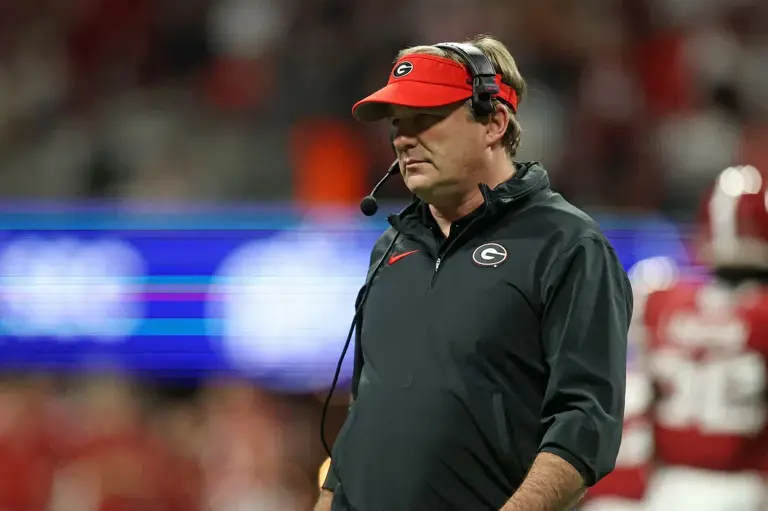
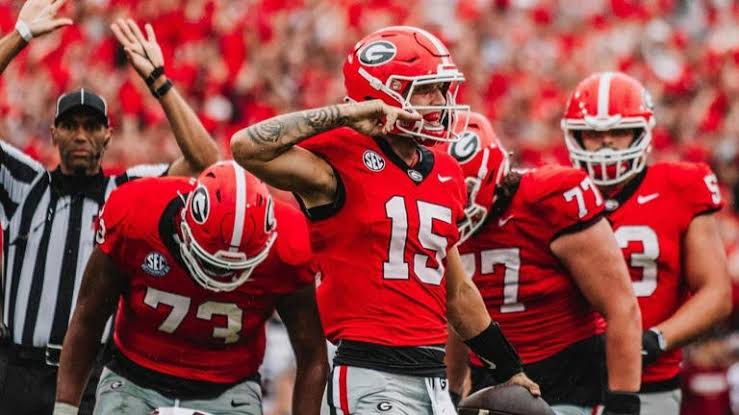
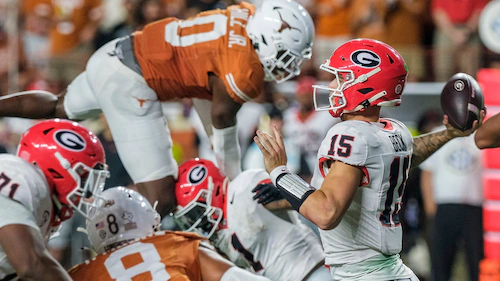
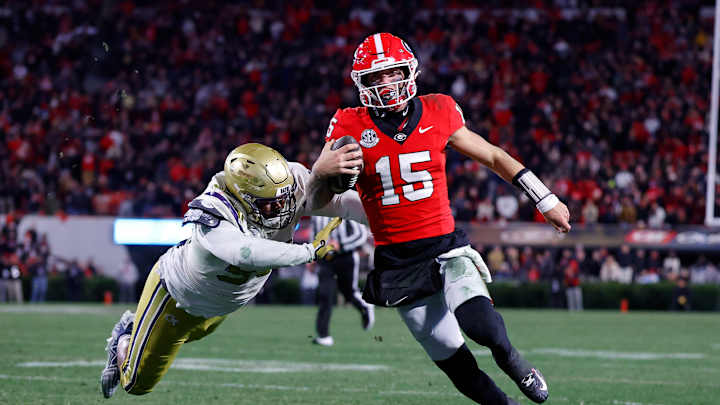
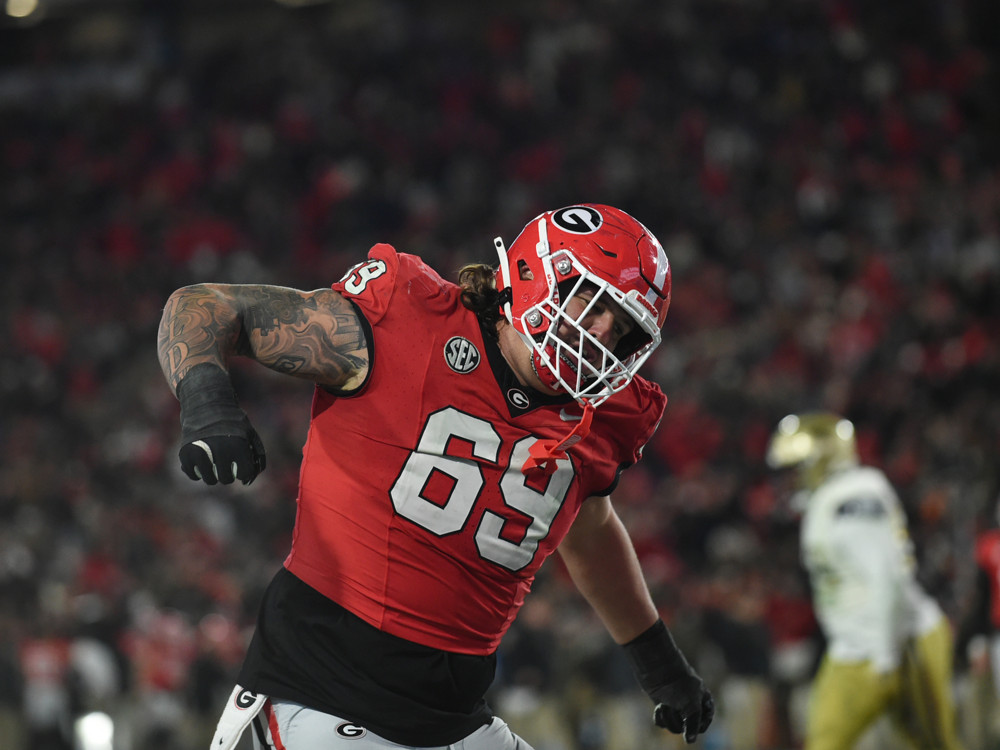

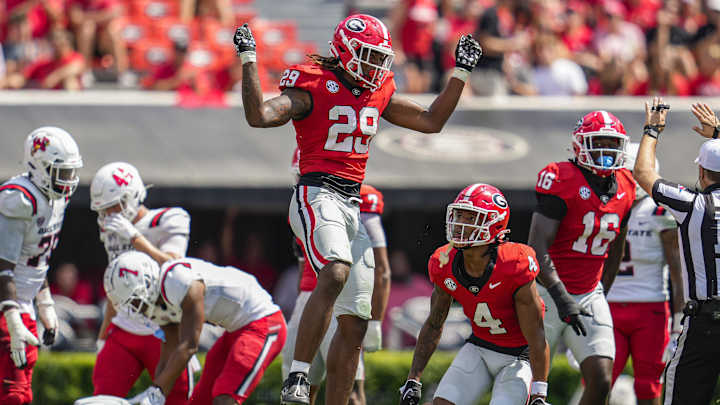
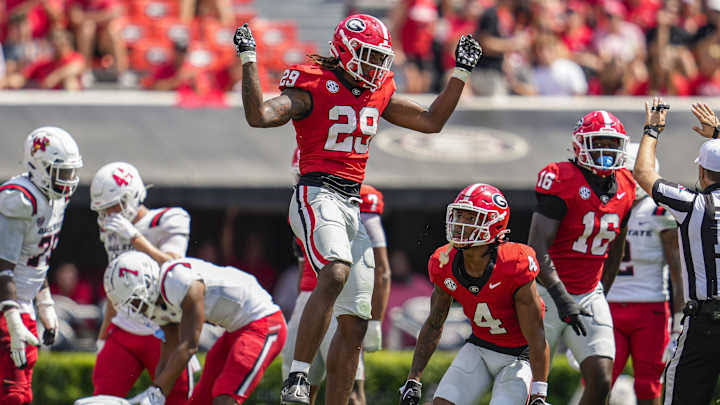
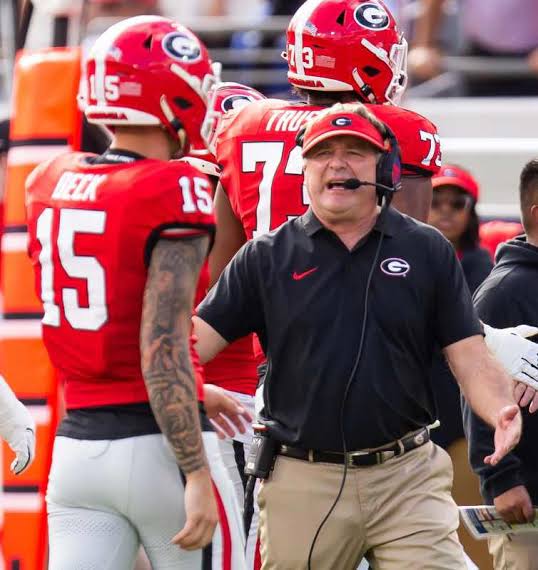
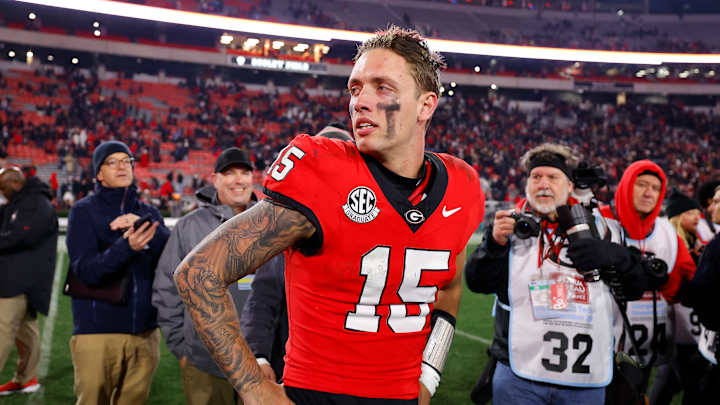
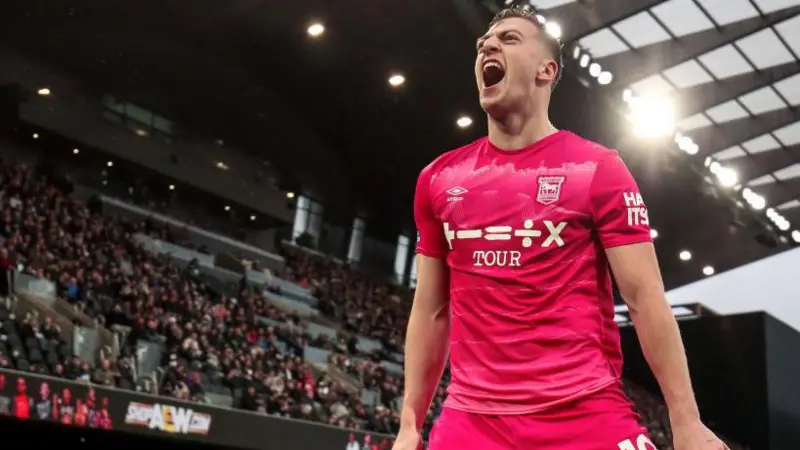
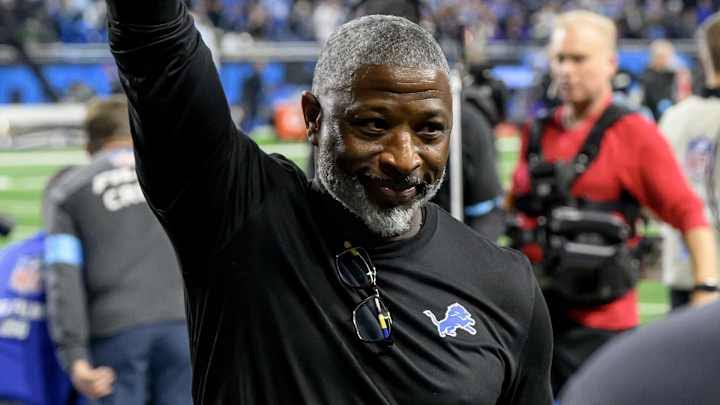
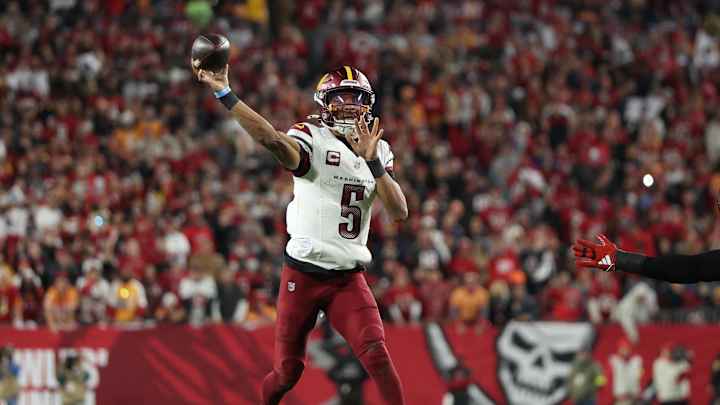
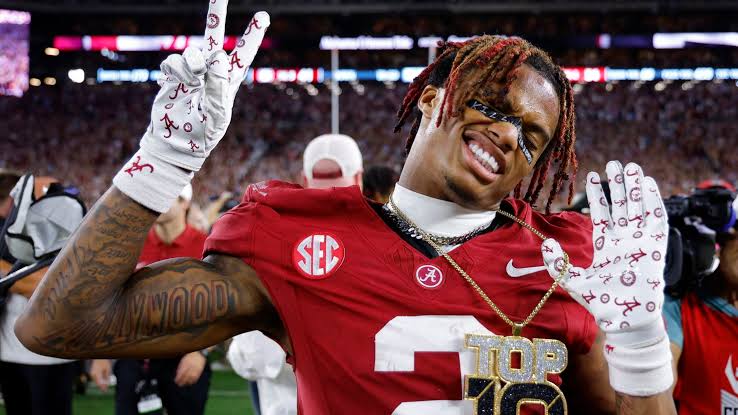
Leave a Reply